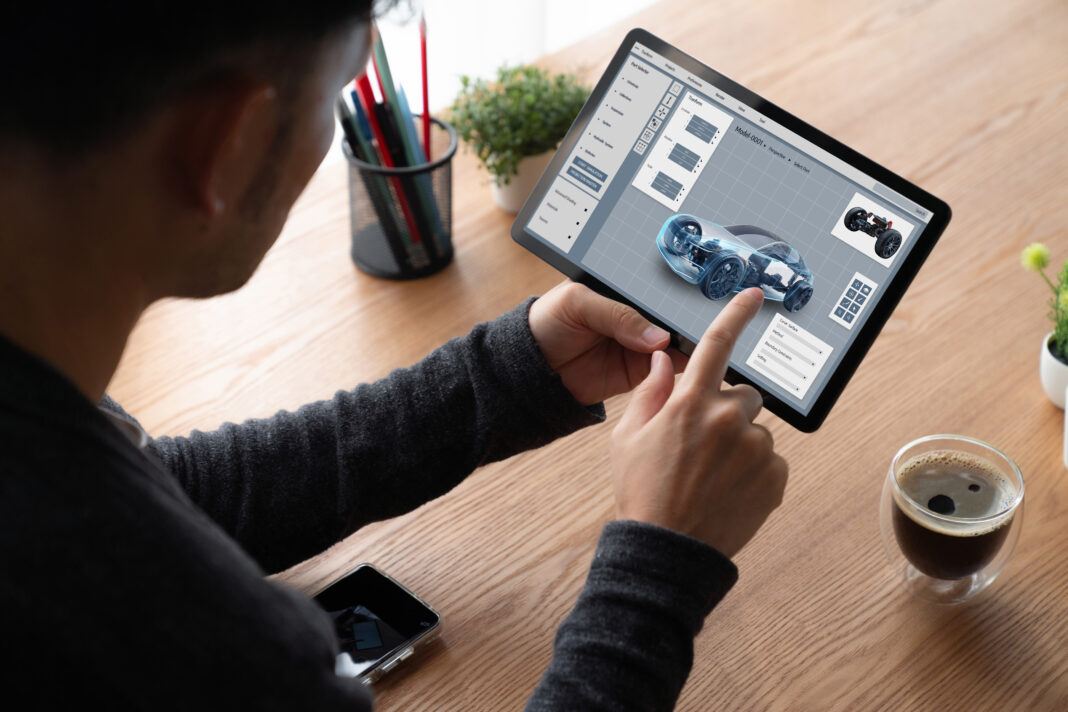E-commerce is rapidly shifting from static product listings to dynamic, personalized experiences. One of the most impactful innovations driving this change is the 3D product configurator. These interactive tools allow shoppers to visualize and customize products in real time—selecting colors, materials, features, and more. As consumer expectations evolve, businesses must offer experiences that feel personal and immersive. A 3D configurator not only satisfies these demands but also increases engagement, improves conversion rates, and reduces product returns. In this blog, we’ll explore how 3D product configurator solutions are transforming the future of e-commerce.
Elevating User Experience Through Interaction
Traditional e-commerce presents products in flat images with limited context. A 3D configurator changes that by offering full control over the product design, letting customers explore it from every angle. This interactive approach creates a richer, more satisfying experience. Customers no longer have to guess how a product will look—they can see it evolve live as they adjust features. This deeper engagement leads to longer site visits, stronger emotional connection with the product, and a greater chance of making a purchase. It’s no longer about selling—it’s about co-creating.
Driving Higher Conversion Rates
When shoppers can see exactly what they’re buying, they’re more likely to complete the purchase. 3D product configurators remove uncertainty, which is often a barrier to conversion. Whether it’s choosing a fabric for a sofa or configuring a custom piece of jewelry, customers gain confidence in their decisions. This trust translates into increased conversions and higher average order values. The visual excitement of designing a one-of-a-kind product also encourages impulse buying, making 3D configurators a powerful tool for boosting online sales.
Reducing Returns with Visual Accuracy
One of the biggest issues in online retail is high return rates, often caused by mismatched expectations. 3D configurators solve this by providing an accurate visual preview of the final product. Customers know exactly what to expect, from size and color to design features. This clarity significantly lowers the chances of dissatisfaction post-purchase. For businesses, fewer returns mean lower shipping costs, improved customer retention, and less strain on logistics. Providing clarity at the customization stage ensures that shoppers are more satisfied once their product arrives.
Streamlining Operations and Sales
Beyond customer-facing benefits, 3D configurator solutions also support backend operations. They can be integrated with inventory management, pricing systems, and production workflows. This allows businesses to automate processes like quote generation, parts validation, and order tracking. For sales teams, it simplifies quoting and communication, especially for complex or custom products. Having a centralized system where configuration details are instantly available reduces errors and speeds up the entire fulfillment process. In short, configurators not only sell better—they operate smarter.
Future-Proofing Your Online Store
As technologies like AR, VR, and AI continue to evolve, 3D configurators are becoming even more immersive. Integration with mobile apps, voice control, and AI-based recommendations are now possible, adding futuristic layers to the shopping journey. Offering this level of innovation sets your brand apart in a competitive market. Customers will increasingly expect interactive shopping experiences as the norm. Businesses that invest in 3D configurator solutions today are positioning themselves for long-term success by staying ahead of digital retail trends.
Conclusion: The Path to Smarter, More Personalized E-Commerce
The shift toward 3D product configurators marks a pivotal moment in e-commerce. These solutions empower customers, boost engagement, and drive better business outcomes. They turn product selection into a journey of exploration and creativity. Whether you’re launching a new product line or enhancing an existing catalog, implementing a 3D configurator can transform how you connect with your audience. In the digital age, personalization isn’t just a feature—it’s an expectation. And 3D configurator solutions are how forward-thinking brands are meeting that expectation.



